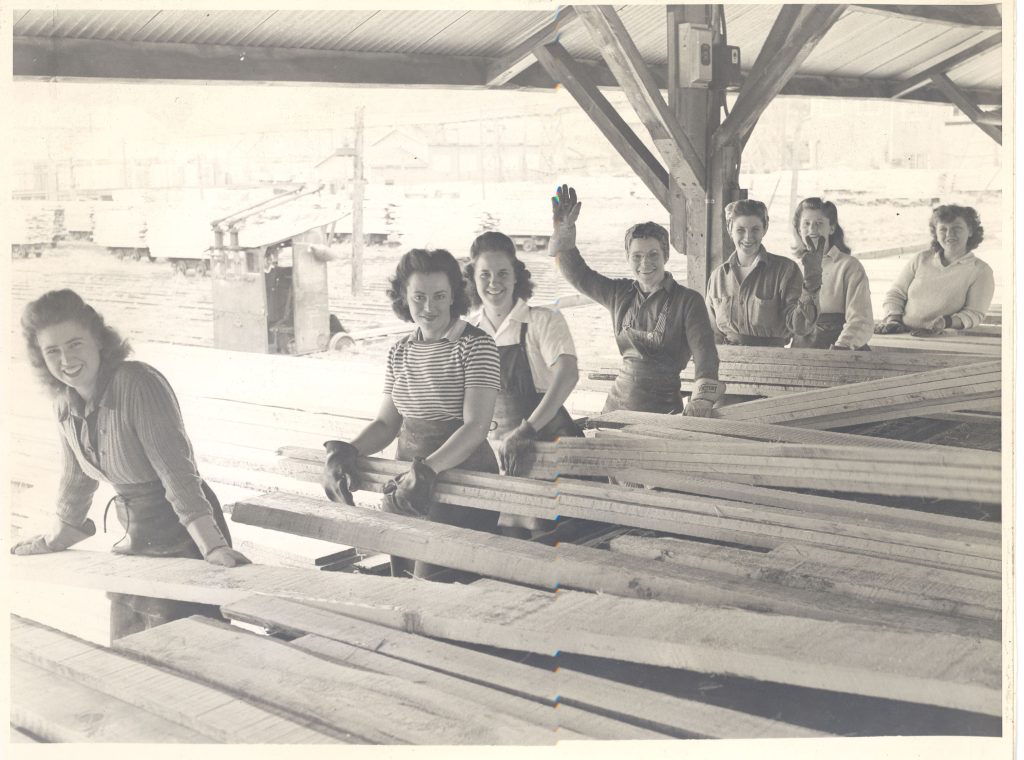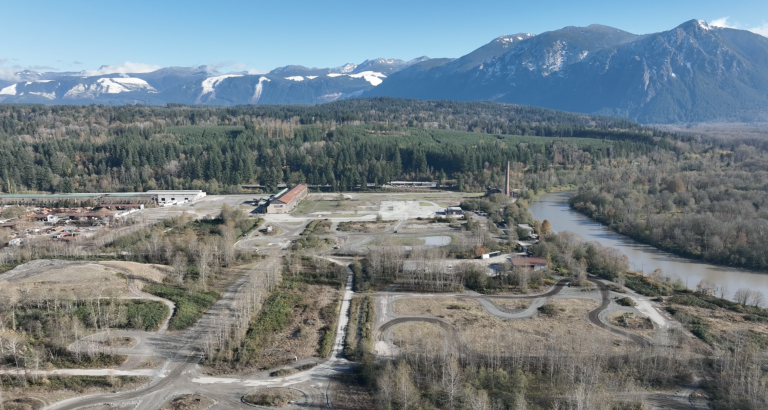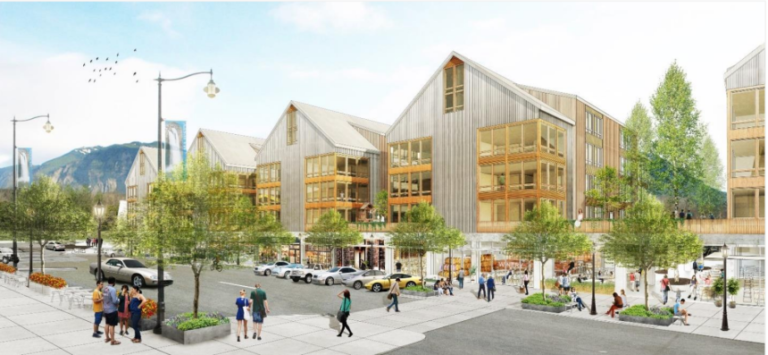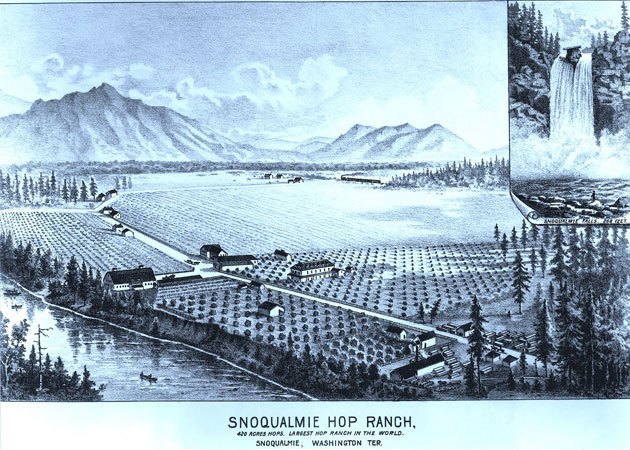

Celebrating Women’s History Month in the Snoqualmie Valley
Honoring the women of Snoqualmie who stepped up during WWII.
In the late 1930s and early 1940s, the Snoqualmie Falls Lumber Company at the Snoqualmie Mill Site’s production increased considerably to supply material to the war in Europe. Following the attack on Pearl Harbor in 1941, the dramatic increase in demand for lumber resulted in an average forty-eight-hour work week. Once the United States entered the war, a large number of Mill employees volunteered or were drafted into the armed forces. As a result, the women of Snoqualmie stepped up to a more significant degree than in WWI, to fill jobs traditionally handled by men in order to keep much needed manufacturing alive at Snoqualmie Mill.
According to records kept by the Snoqualmie Valley Historical Society:
“In the lumber mill the women serve on the front line. They have no natty uniforms and no bands cheer them along. No work can be fun when the day’s housekeeping must be done at night…That is to say, the women are showing us how to win the war.”
By June of 1942, 44 previous employees at the mill were on duty in the Armed Forces of the United States, and this number continued to rise. As more men needed to join the troops overseas, the community of women working at the mill was also increasing. They jumped at the opportunity, without hesitation, to keep the Snoqualmie Falls Lumber Company’s rapid production afloat.
To support the troops, they also began providing a small monthly newsletter to the men overseas to give them a small snippet of home. This in-house newsletter was sent to every soldier working in the mill prior to being deployed. Written by Art Benson, a mill management employee, the newsletter eventually expanded to include non-mill service personnel and captured the magnitude and impact of the women of the valley fueling the production of the Snoqualmie Falls Lumber Company.
In February of 1943, the newsletter wrote, “With all the girls working in defense plants it is hard for the boys to get a date. The girls don’t want to go out for a time anymore. They want time and a half.”
The gravity of the women working at the Snoqualmie Mill Site during World War II created a remarkable turn of events and the perseverance of these women jump started a change in attitude and an evolution for women in the industrial employment community. In revitalizing and giving the site new life, we hope to build new stories, while honoring the past ones. As we repurpose the property to regain its role within the community, we continue to celebrate and recognize the rich history that defines the city of Snoqualmie.
Materials and credit for this blog post are attributed to Dave Battey, the Official Historian for the City of Snoqualmie and the Snoqualmie Valley Historical Society. Image courtesy of Snoqualmie Valley Historical Society, Harold Keller Collection



